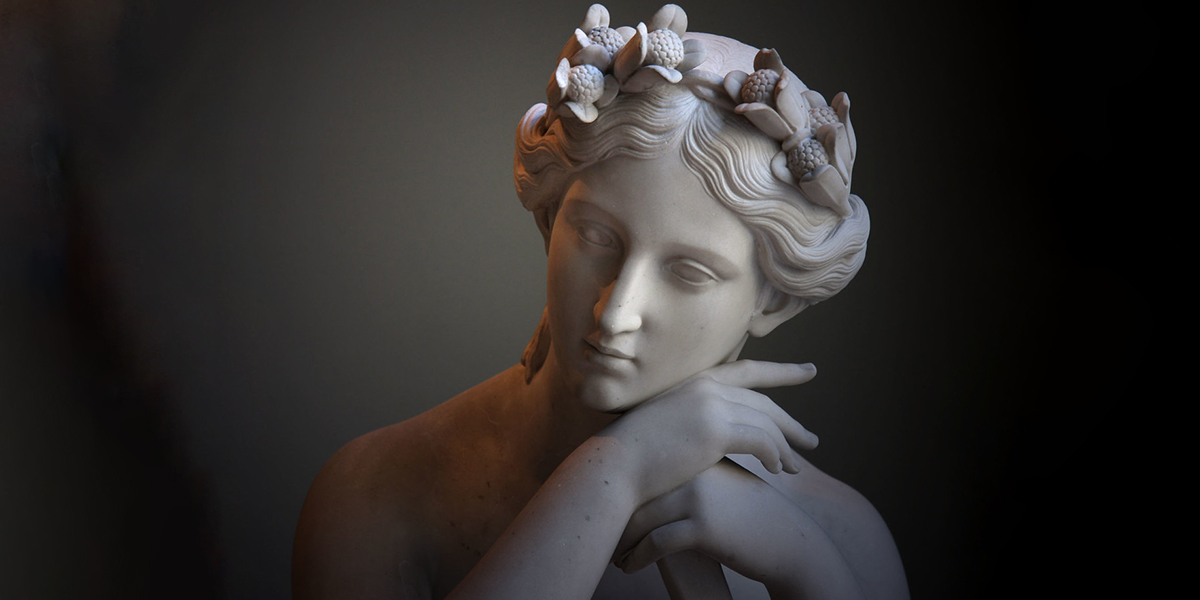
Prominent Ear Surgery
Prominent Ear Surgery : Prominent ears are an aesthetic problem that many people have to face. For some, this can cause lack of self-confidence or social anxiety. Fortunately, modern medicine and plastic surgery offer a suitable solution for those who want to overcome this problem.
What is Prominent Ear?
“Prominent ear” refers to a condition in which the pinna is turned more outward than normal. This may cause the pinna to sit abnormally far from the side of the head. Protruding ears are generally a congenital condition and are associated with genetic factors. This can cause social embarrassment and lack of self-confidence, especially among children and teenagers. However, prominent ears do not affect hearing ability.
If prominent ears cause an aesthetic or psychological problem for a person, it can be corrected with plastic surgery. This type of surgery is known as otoplasty and usually produces successful results. The procedure can correct the shape of the auricle and provide a more natural appearance.
Causes of Protruding Ears
Protruding ears are usually congenital and sometimes may be a genetic feature. Although the exact causes of this condition are not fully understood , some possible factors may include:
- Protruding ears may have been seen in the family before. If there are members of the family with prominent ears, the likelihood of this condition being passed on to future generations increases.
- Protruding ears can sometimes be associated with some conditions that develop during pregnancy. Some problems that may occur, especially during the first trimester of pregnancy, may cause the ear to develop abnormally.
- Rarely, serious infections or injuries experienced during infancy or childhood can also cause prominent ears.
- Some medications taken or exposure to chemicals during pregnancy can also cause abnormal development of the fetus’s ear.
- Protruding ears may also be associated with some genetic syndromes such as Down syndrome.
Generally, prominent ears do not constitute a health problem on their own, but they may be a symptom of another health condition. If prominent ears are seen along with other symptoms, it may be a sign of a broader health problem. Treatment is usually performed due to aesthetic concerns. In some cases, surgical correction can improve not only appearance but also a person’s self-confidence.
What kind of problems do prominent ears cause?
Protruding ears do not affect hearing ability, so they do not cause any physical health problems. However, prominent ears can lead to some psychological and social problems, especially for children and teenagers, such as:
- Protruding ears can affect a person’s self-confidence because they look different from other people.
- Among children and teenagers, looking different can lead to bullying or social exclusion. A child with prominent ears may be ridiculed by his friends or classmates.
- People with prominent ears may worry that their appearance will be judged. This can cause feelings of discomfort in social interactions.
- During adolescence, concerns about appearance can play an important role in identity development. Young people with prominent ears may experience such anxieties that can affect their identity and self-confidence.
- For some adults, prominent ears may be an aesthetic concern. This can cause feelings of discomfort in work or social interactions.
How is prominent ear surgery performed?
Prominent ear surgery, or otoplasty, is a plastic surgery procedure performed to correct prominent ears. This surgery is performed to bring the prominent ears to a more natural position and narrow the angle between them and the head. Here are the general steps of the otoplasty procedure:
Consultation: The surgeon arranges a consultation in advance to understand the patient’s expectations and determine the surgical plan.
Anesthesia: Surgery is usually performed under local anesthesia, which means the patient is awake but feels no pain. In the case of children, general anesthesia can also be used.
Making an Incision: The surgeon makes an incision behind the ear so that any scars can be hidden by natural folds.
Sculpting: The surgeon reshapes the cartilage, sometimes removing excess cartilage. If necessary, stitches are used to fix the new shape of the cartilage.
Adjusting the Position: Internal stitches are used when necessary to ensure that the auricle is positioned closer to the head.
Closure: The surgeon stitches the incision and applies a bandage. This aids the healing process and helps maintain the new shape.
Healing: During the postoperative period, the patient is given some special instructions to ensure that the ear heals properly. This usually involves wearing a bandage for a period of time, using medication to reduce swelling, and avoiding strenuous activities.
Evaluation of Results: Once healing is complete, the surgeon examines the patient again to evaluate the results of the surgery.
Otoplasty is generally safe and effective when performed by an experienced plastic surgeon. As with any surgery, there may be some risks and complications, but these are rare. When the surgeon’s instructions are carefully followed, most patients successfully go through the post-operative recovery process and achieve the desired aesthetic results.
What is the recovery period for prominent ear surgery?
The recovery process after prominent ear surgery (otoplasty) may vary from person to person. In the first few days after surgery, there may be slight pain and swelling. This can be controlled with prescribed painkillers or cold compresses. Post-operative bandages are usually worn for a week. These help maintain the new shape of the ear. In some cases, the surgeon may also recommend a headband to be worn at night.
For the first few weeks, heavy exercise and activities that require physical exertion may need to be avoided. It is especially important to avoid things that can put pressure on the ears. When it comes to children, extra care and supervision is required. It may be important to be careful not to accidentally pull or injure the child’s ear. If dissolvable stitches are not used, they are usually removed after a week or two. It may take several months for the ear to heal completely. During this period, it is expected that the new shape will fit completely and the swelling will completely subside. During the healing process, it is normal for the surgeon to perform regular check-ups and monitor progress.
The healing process after otoplasty is usually smooth and uneventful. As with any surgical procedure, there is a risk of complications, but these risks can be minimized with proper care and under the supervision of an experienced surgeon. Strict compliance with the surgeon’s recommendations helps the healing process to be as fast and successful as possible.
What is the Price of Prominent Ear Surgery?
contact form to get price information for prominent ear surgery .




 Turkish
Turkish Français
Français Deutsch
Deutsch